How iFLUX Sampler Improves PFAS Monitoring in Groundwater
PFAS has emerged as one of the most challenging environmental contaminants of our time, with its complexity only expected to grow in the coming...
2 min read
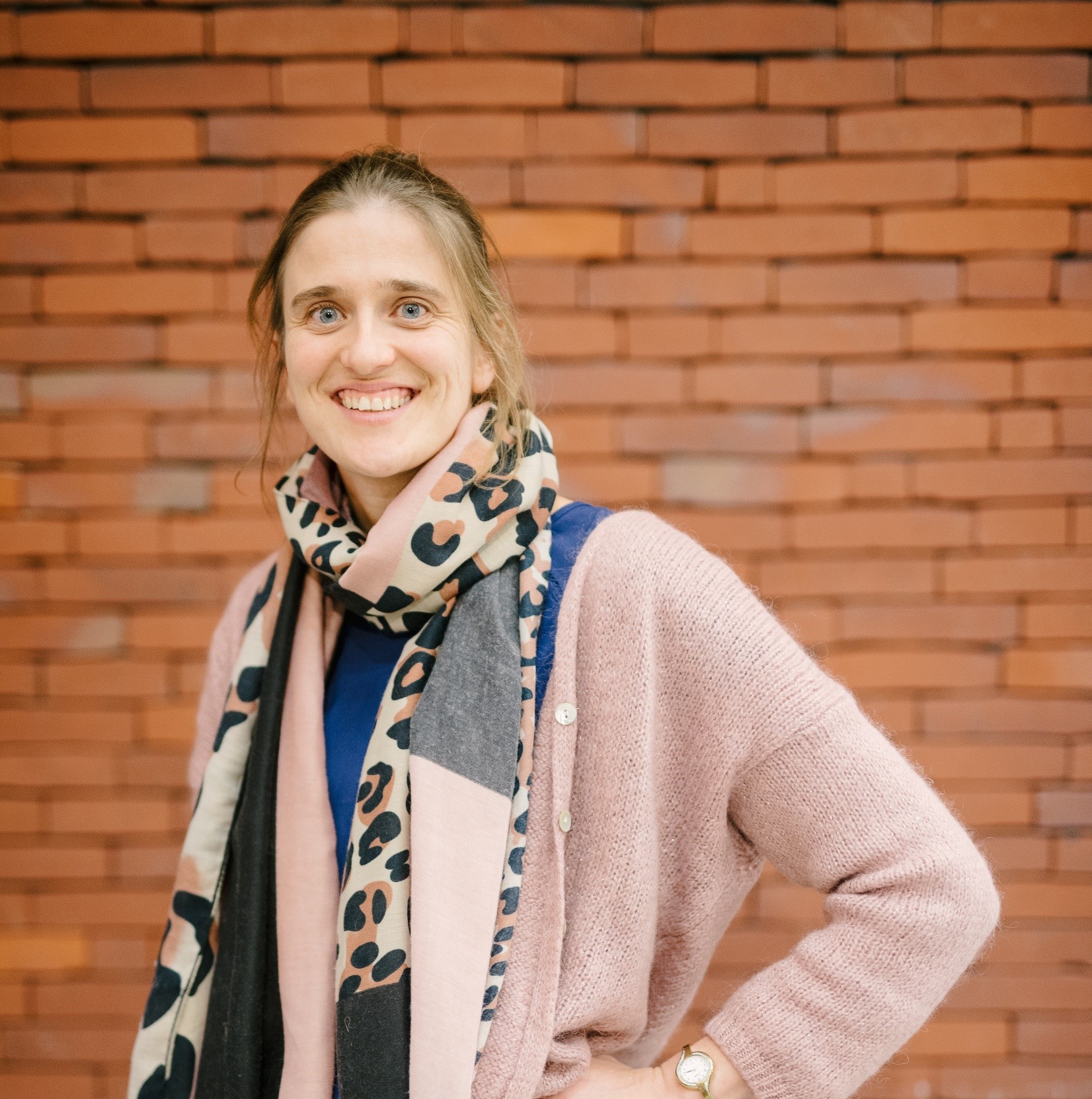 Goedele Verreydt
:
Apr 30, 2024 12:15:15 PM
Goedele Verreydt
:
Apr 30, 2024 12:15:15 PM
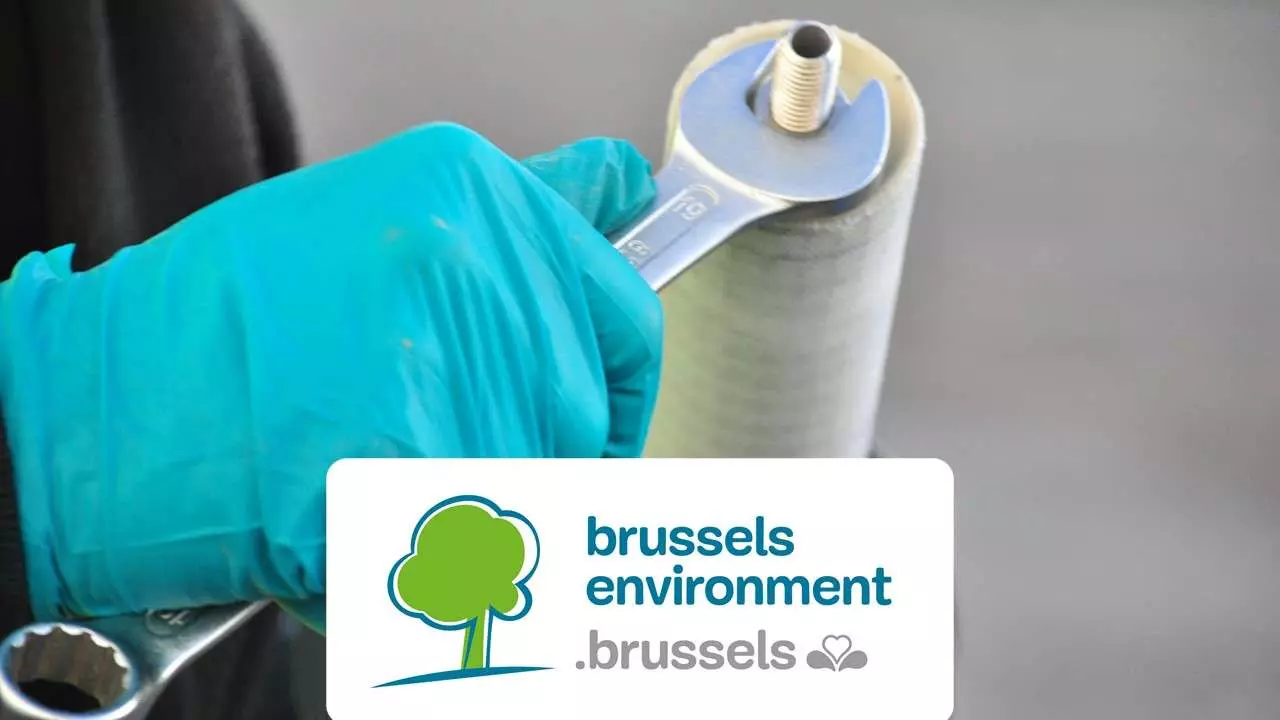
Posted on Tuesday 14 July 2020
In 2018, The Brussels Environment organization commissioned the publication of a number of best practices of alternative soil investigation techniques. In order to promote the use of these new techniques, a selection was made of the 24 research methods with the most potential. iFLUX was thus recognized as one of these most valuable new research techniques.
Numerous research methods are available for soil contamination experts. In addition to the classical techniques, a lot of new methods have been developed in recent years. For example, besides the classical drillings and monitoring wells for investigating contamination, geostatic or lithological criteria can be used for the characterization, but also properties of the contaminant itself, or the known/predicted underground infrastructure can help in modelling soil and groundwater contamination.
Classical techniques are usually not suitable for correctly describing soil and especially groundwater dynamics. However, these techniques are still used to estimate flow velocities and directions and pollutant fluxes based on point, static and short-term measurements, creating uncertainty that can lead to severe financial consequences. Alternative techniques such as flux measurements can significantly reduce this uncertainty, because a correct measurement can provide better insight than an estimate. A measurement therefore takes precedence over an estimate. For example, for monitoring natural attenuation, for monitoring remediation effectiveness, for making a remediation design or for risk-based groundwater management, the quality of the information is all the more important. Priorities can be set more accurately, the remediation design can take into account current pollution flows to make the remediation run more efficiently, and so on. A measurement therefore takes precedence over an estimation.
The legislation on the accreditation of soil pollution experts and the registration of soil decontamination contractors requires soil experts to work according to the best available techniques. In spite of this, classical methods are always used, while in certain cases alternative investigation techniques gain in terms of efficiency and quality of the information provided. This is why Brussels Environment wishes to encourage the use of these techniques.
In order to bring these methods to light and to ensure that they are used correctly, Brussels Environment has drawn up Codes of Good Conduct for the alternative investigation methods that have the greatest potential. The one for groundwater and mass flux measurements with iFLUX was one of them.
The full report with the findings on iFLUX can be found here in dutch, and here in French. This is the complete list of the 24 most valuable alternative soil investigation techniques:

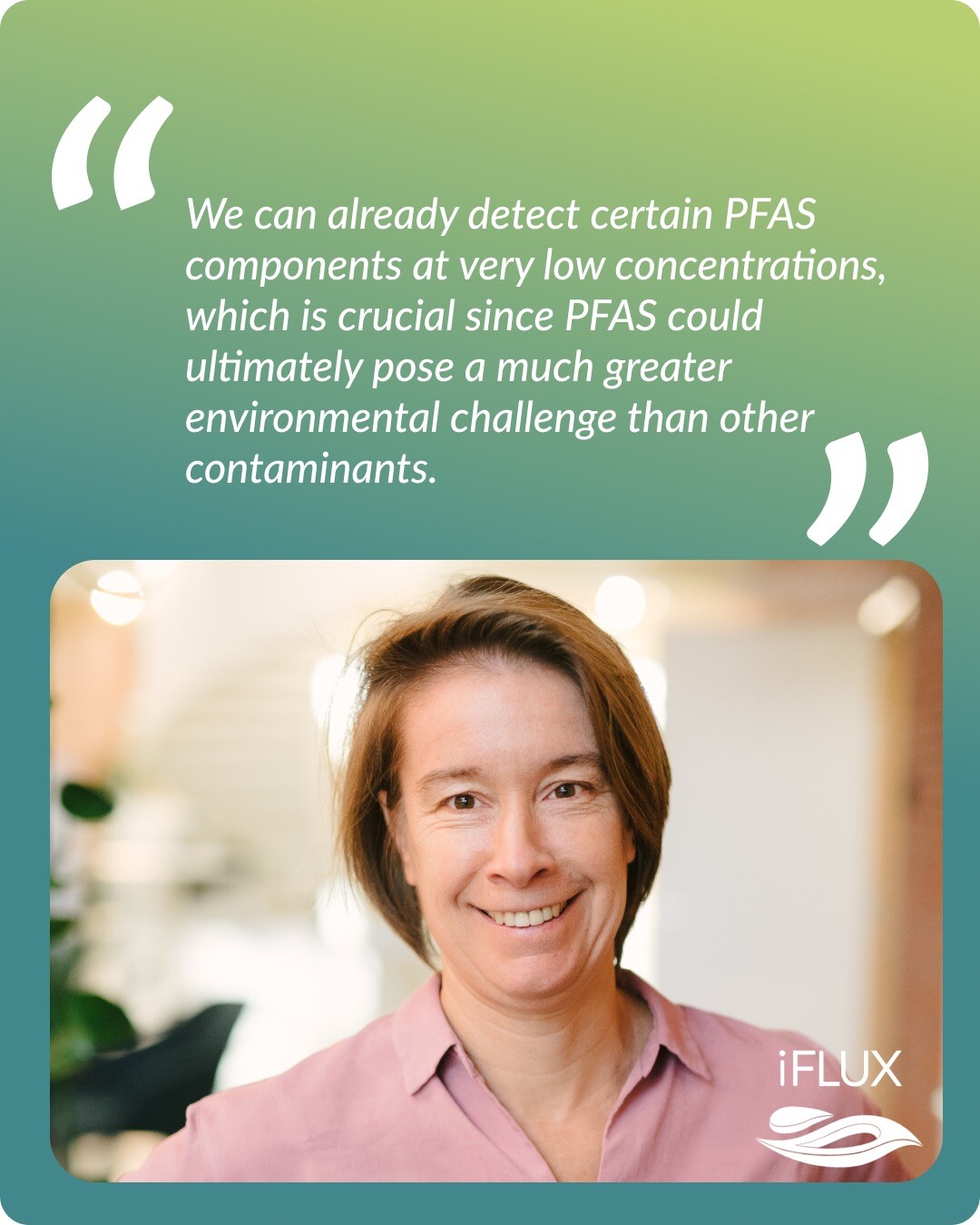
PFAS has emerged as one of the most challenging environmental contaminants of our time, with its complexity only expected to grow in the coming...
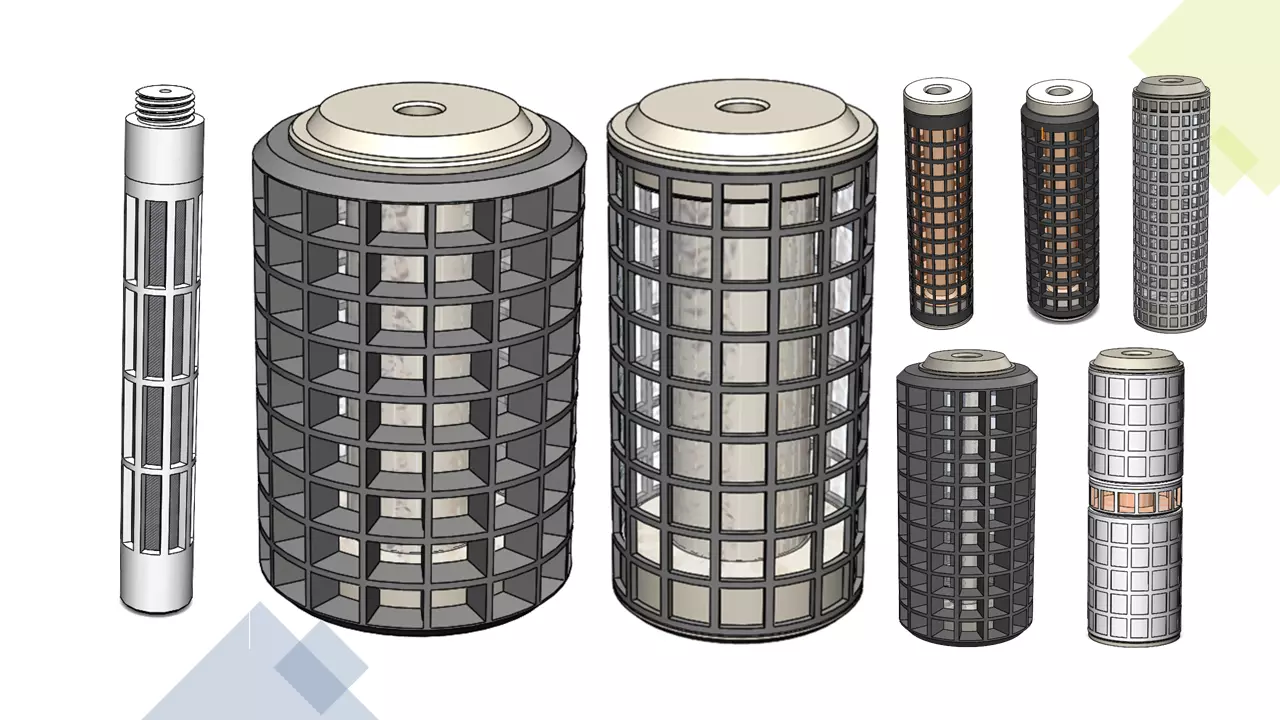
Posted on Tuesday 16 February 2021 We have an exciting announcement to make. Recently, we developed new sizes of cartridges to measure...
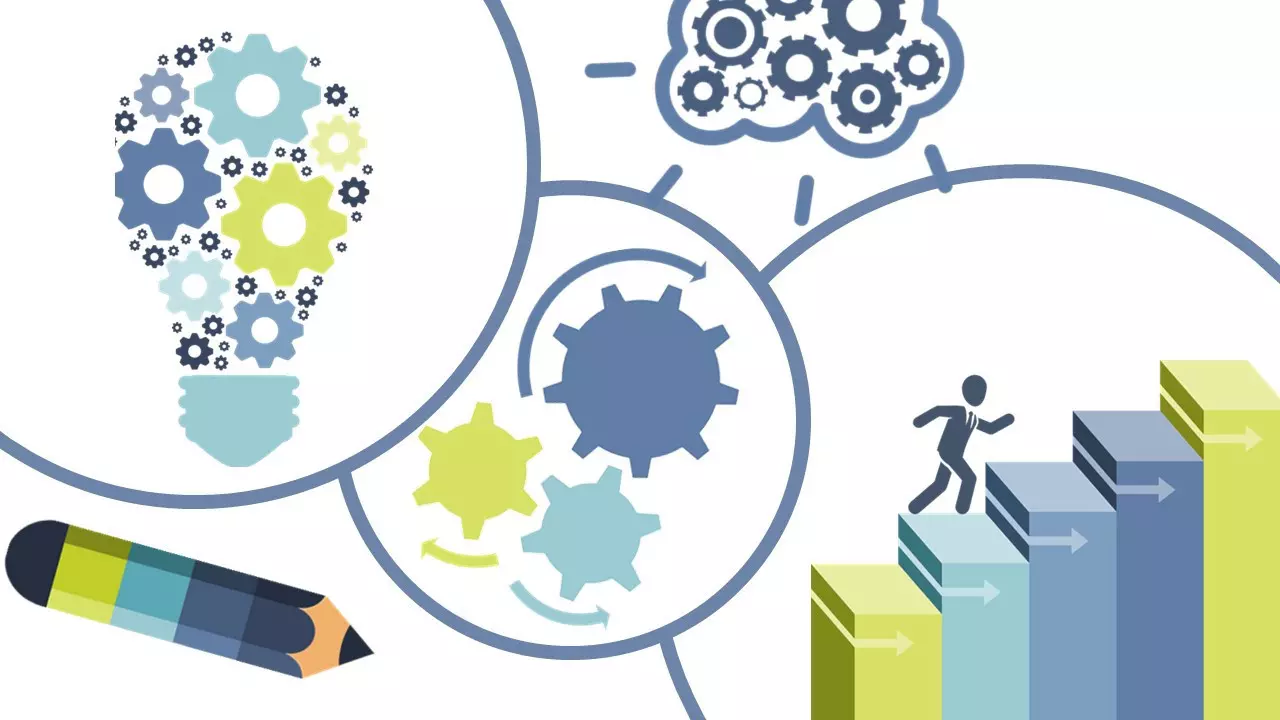
Posted on Monday 26 April 2021 A lot has changed since the start of iFLUX and its more than 80 different projects. We have learned a...